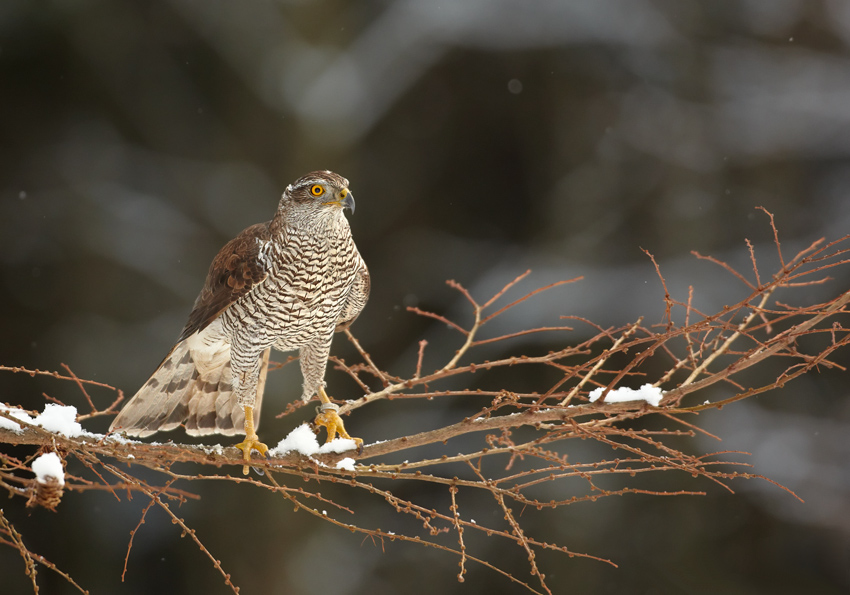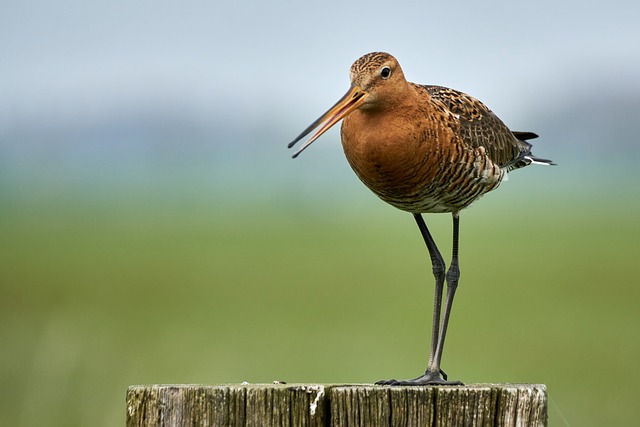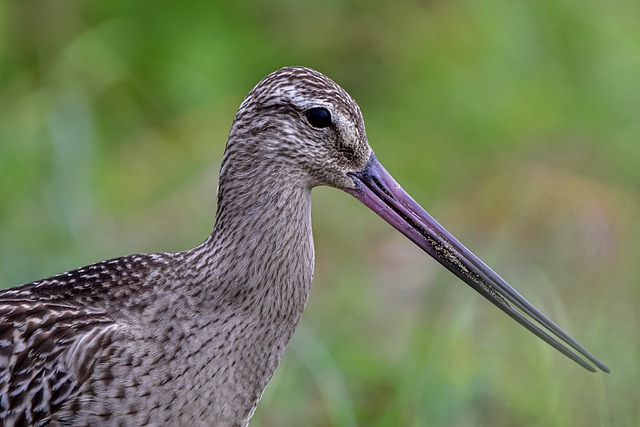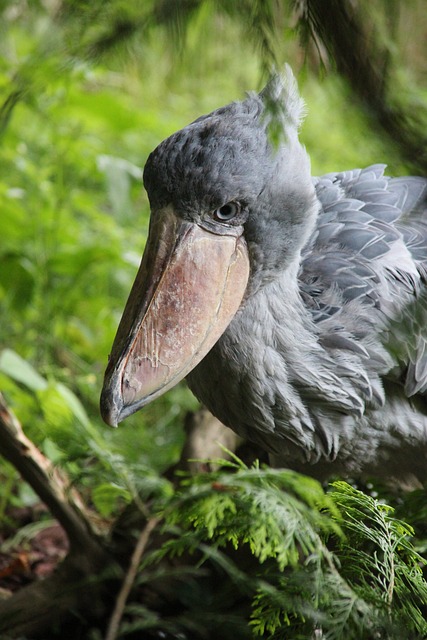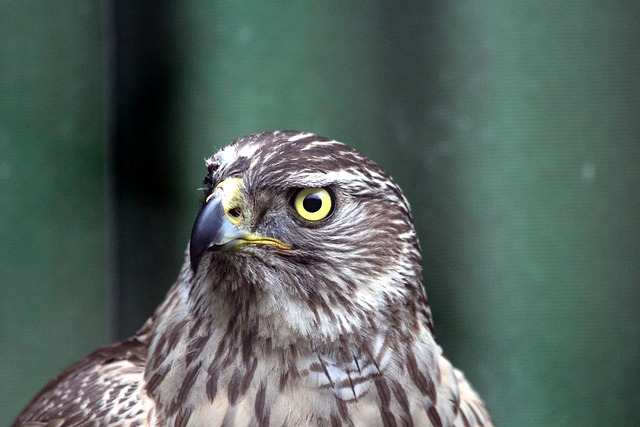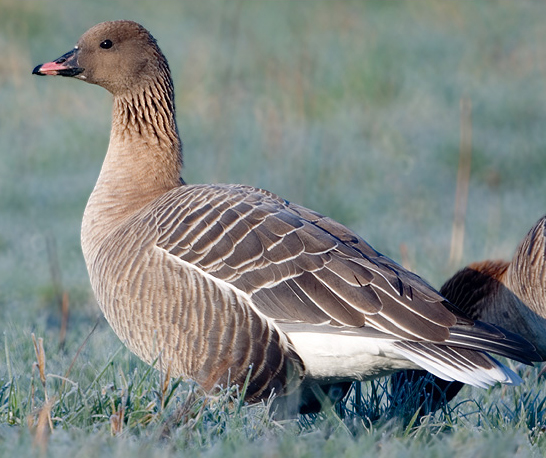The Greylag Goose is an iconic species that has been around for centuries. This majestic bird is one of the most recognizable geese out there, with its distinct features and a wide range of habitats around the world. Despite their ubiquity, however, there is still much about the Greylag Goose that is unknown. To truly understand this remarkable creature, you’ll need to know everything from where it lives to how it interacts with other animals.
The Greylag Goose is a species of large, gray-brown waterfowl that belongs to the Anatidae family, which includes other ducks, geese, and swans. These birds are native to the temperate and subtropical regions of Eurasia, ranging from Norway and Finland to Russia and South Asia. They can also be found in northern Africa, India, and a few other parts of the world. In some areas, they’re common enough to be considered a pest species because of their large numbers.
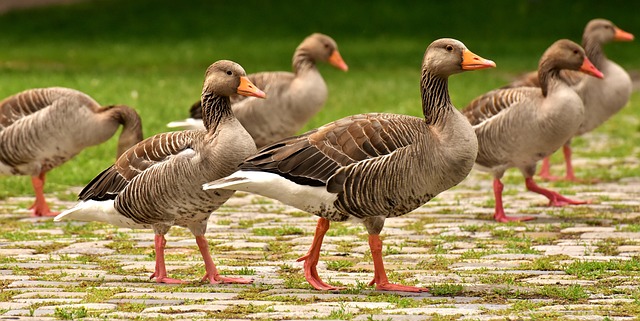
These geese prefer wetland habitats such as marshes, lakes, rivers, and ponds. They’ve also been known to inhabit agricultural areas and fields, as well as parks and gardens. In some places, they’ve adapted to living in cities and urban areas. Due to their wide range and adaptability, the Greylag Goose is listed as a species of least concern on the International Union for Conservation of Nature’s Red List.
A fully grown Greylag Goose stands between 70 and 80 centimeters tall and has a wingspan of up to 150 centimeters. The males are usually larger and heavier than the females, and they have a distinct white throat patch that can be seen even at a distance. The plumage of the males is a mixture of dark brown and gray, while the females tend to be more uniformly gray-brown.
The Greylag Goose is an omnivore, meaning it eats both plant and animal matter. Its diet consists mainly of grass, grains, and aquatic plants, as well as insects, crustaceans, and small fish. These geese forage for their food in shallow waters, and they’ll often scratch the ground for food scraps.
The Greylag Goose is a seasonal breeder, usually breeding between April and August. These birds form long-term monogamous pairs and tend to nest close to each other when feeding. They build their nests in secluded spots on the ground, such as amongst tall grasses or in shrubs or trees.
The Greylag Goose is a migratory species, with some populations flying south during the winter months and some remaining in their summer home. The migration routes vary depending on the location, though many geese migrate to the Mediterranean Sea and the Black Sea. During their migration, they tend to fly in large, loose flocks that can be seen from a great distance.
These geese tend to be quite social and are often seen in large groups. They’ll engage with other species of birds, as well as mammals and reptiles. They have a hierarchical social structure within their own species, with the dominant male and female usually taking the lead in the flock. They’re also quite alert to potential threats and are quick to respond to them.
Unfortunately, the Greylag Goose is facing threats from human activities, such as habitat loss, hunting, and pollution. To help protect the species, conservation efforts have been put in place in some areas, such as protected nesting sites and anti-poaching laws. There are also efforts to reintroduce the species in places where they’ve been wiped out due to human activities.
In conclusion, the Greylag Goose is a magnificent species that is worth protecting. To better understand these birds, it’s important to know where they live, what they eat, how they breed, and how they respond to threats. With the right conservation efforts, we can ensure the future of the Greylag Goose and its continued presence in our world.
Key Takeaways About the Greylag Goose:
- The Greylag Goose is a species of large, gray-brown waterfowl that belongs to the Anatidae family.
- These geese prefer wetland habitats such as marshes, lakes, rivers, and ponds.
- A fully grown Greylag Goose stands between 70 and 80 centimeters tall and has a wingspan of up to 150 centimeters.
- The Greylag Goose is an omnivore, with a diet that consists of grass, grains, and aquatic plants, as well as insects, crustaceans, and small fish.
- The Greylag Goose is a migratory species, with some populations flying south during the winter months and some remaining in their summer home.
- These geese tend to be
Diet
What Does a Greylag Goose Eat?
Greylag geese are omnivores, meaning they eat both plant and animal material. Their diet mainly consists of plant matter such as grasses, sedges, and aquatic vegetation. They will also feed on insects, worms, and small fish. Greylag geese forage in shallow waters and grasslands for food.
In the summer months, Greylag geese will migrate to more northern areas in search of better food sources. During this time they will feed on a wider variety of plants as well as aquatic invertebrates. Greylag geese will also take advantage of any available agricultural crops during migration.
During the winter months, Greylag geese will feed on a variety of grains including wheat, barley, and oats. They will also feed on aquatic vegetation such as pondweeds and water lilies. Greylag geese are also known to scavenge for food, sometimes over large distances.
Greylag geese are very resourceful when it comes to finding food. They have been known to eat berries, nuts, and other fruits when available. Greylag geese will also eat leaves, stems, and seeds from trees and shrubs. They are also known to eat dead fish and other aquatic animals.
How Do Greylag Geese Get Their Food?
Greylag geese typically forage for food during the day and spend the night resting in secluded areas. During the day, Greylag geese will search for food in shallow waters or grasslands. They will also take advantage of any available agricultural crops.
When they find food, Greylag geese use their beaks to tear off pieces of plants or other forms of food. Then they swallow the pieces while floating in the water. Greylag geese often eat in the company of other geese, and they may even join forces to search for food.
Greylag geese are also known to use their beaks to dig through mud and soil for food. They will also search through vegetation such as weeds and shrubs for food. Greylag geese also use their beaks to pluck food from the surface of water such as aquatic insects.
Greylag geese will also scavenge for food, sometimes over large distances. They have been known to feed on carrion in addition to plant matter. Greylag geese are also known to eat eggs and chicks of other bird species.
Breeding Habits
Greylag geese are among the earliest waterfowl to begin nesting in the spring. They typically breed in the late winter or early spring and are monogamous, meaning they form pair bonds with one partner for the entire season. During breeding season, Greylag geese will mate for life and will often mate multiple times throughout the season.
Greylag geese typically build their nests on the ground, near water or in shallow depressions on islands. They prefer areas of dense vegetation that provide protection and camouflage from predators. The nests are usually constructed from vegetation and lined with down feathers. The female typically lays a clutch of three to six eggs, which are then incubated for 24 to 28 days by both the male and female.
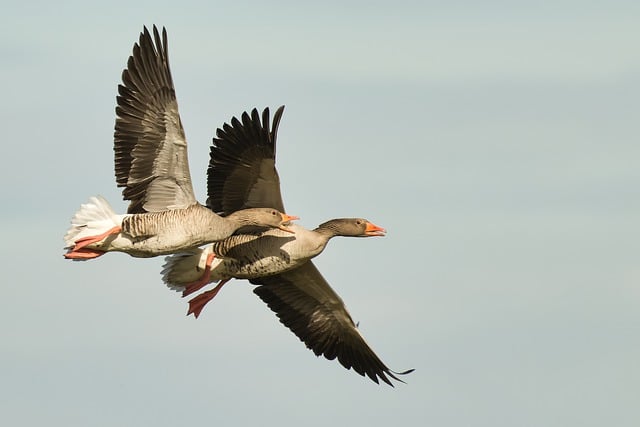
Once the chicks have hatched, the parents will protect them from predators and will often forage together with the chicks in tow. Greylag geese are extremely protective of their young and will aggressively defend their nest site, sometimes even attacking predators such as foxes or ravens. The young geese will often stay with their parents until autumn, when they will migrate south to spend the winter.
Interestingly, Greylag geese have been known to form loose associations with other waterfowl species such as mallards, swans, and even different species of geese. These associations typically involve joint foraging and the protection of young, and will often persist for much longer than the breeding season.
In addition to forming associations with other waterfowl species, Greylag geese have also been known to form loose associations with humans. They will often forage on farmland, especially in winter, and will often nest in wetlands near human settlements. These associations can be beneficial, as they can help to keep insect and weed populations in check. However, they can also be detrimental, as some Greylag geese have been known to cause damage to agricultural crops.
Migration
Do Greylag Geese Migrate
When the weather turns cold and the days grow short, many animal species migrate to warmer climates to ensure their survival. Greylag geese are no exception, as they are known to migrate long distances in order to feed and breed. Migration is a common behavior among geese, and it can be seen in all kinds of species, from ducks to swans. Greylag geese migrate in large groups, and the routes they take are usually well-traveled and well-known.
Where Do Greylag Geese Migrate To
Greylag geese migrate to a variety of different places, depending on where they are breeding or feeding. In the northern hemisphere, most geese migrate southward to warmer climates. Greylag geese in Europe or Asia may migrate to subtropical or tropical areas for the winter. They also use their wings to travel across great distances, often covering hundreds or even thousands of miles during a single migration.
What Do Greylag Geese Do During Migration
During migration, greylag geese can travel for extended periods of time without stopping. This is why they are known for their “V” formation in the sky. This formation makes it easier for them to cover long distances in a short amount of time. They also take advantage of the wind currents to conserve energy.
Greylag geese also rely on one another for navigation and protection. They often travel in flocks of hundreds or even thousands, which provides more protection from predators and more eyes to spot potential sources of food.
In addition, greylag geese also use visual cues to navigate, such as the stars, the sun, and landmarks. They have been known to navigate by the stars at night, and by the sun during the day.
Greylag geese also use their voices to communicate during migration. They produce loud honking and whistling sounds, which they use to coordinate their movements and communicate with other geese.
Migration is an important and fascinating behavior of greylag geese. They rely on their navigational skills and communication to cover long distances and find the best place to breed and feed. Migration is a difficult and dangerous journey, but it is essential for the survival of the species.
Behavior
Greylag geese, like most birds, are highly social animals. They live in large colonies, often numbering in the hundreds or even thousands of individuals. Within these colonies, the individuals form stable social networks with multiple tiers. At the top are the dominant geese, who are usually the oldest and most experienced. They act as the leaders of the colony, and other geese will defer to them in times of conflict or danger.
At the bottom of the hierarchy are the younger geese, who are usually at the edges of the group. These individuals are often the most vulnerable to predators, and they will look to the dominant geese for protection and guidance. Greylag geese are also territorial animals, and dominant geese will defend their colonies against invaders.
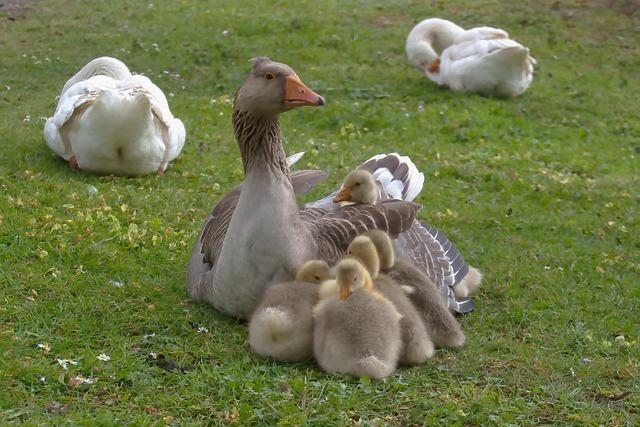
The social behavior of greylag geese is not limited to their own species. They are known to interact with other birds, mammals, and even humans. Greylag geese will form friendships with other animals, and they may even follow them around in search of food. They also recognize humans and are known to approach people in search of food or companionship.
Greylag geese are also known to respond to threats from predators. When a predator is spotted, the geese will sound an alarm call and take flight. They will also work together to defend their young and territory. Greylag geese are known to mob predators, harassing them until they leave the area.
The social behavior of greylag geese is an important part of their ecology. As social animals, they are able to survive in harsher conditions than solitary animals. They are also able to form complex social networks, which help them find food, protect their young, and defend their colonies.
